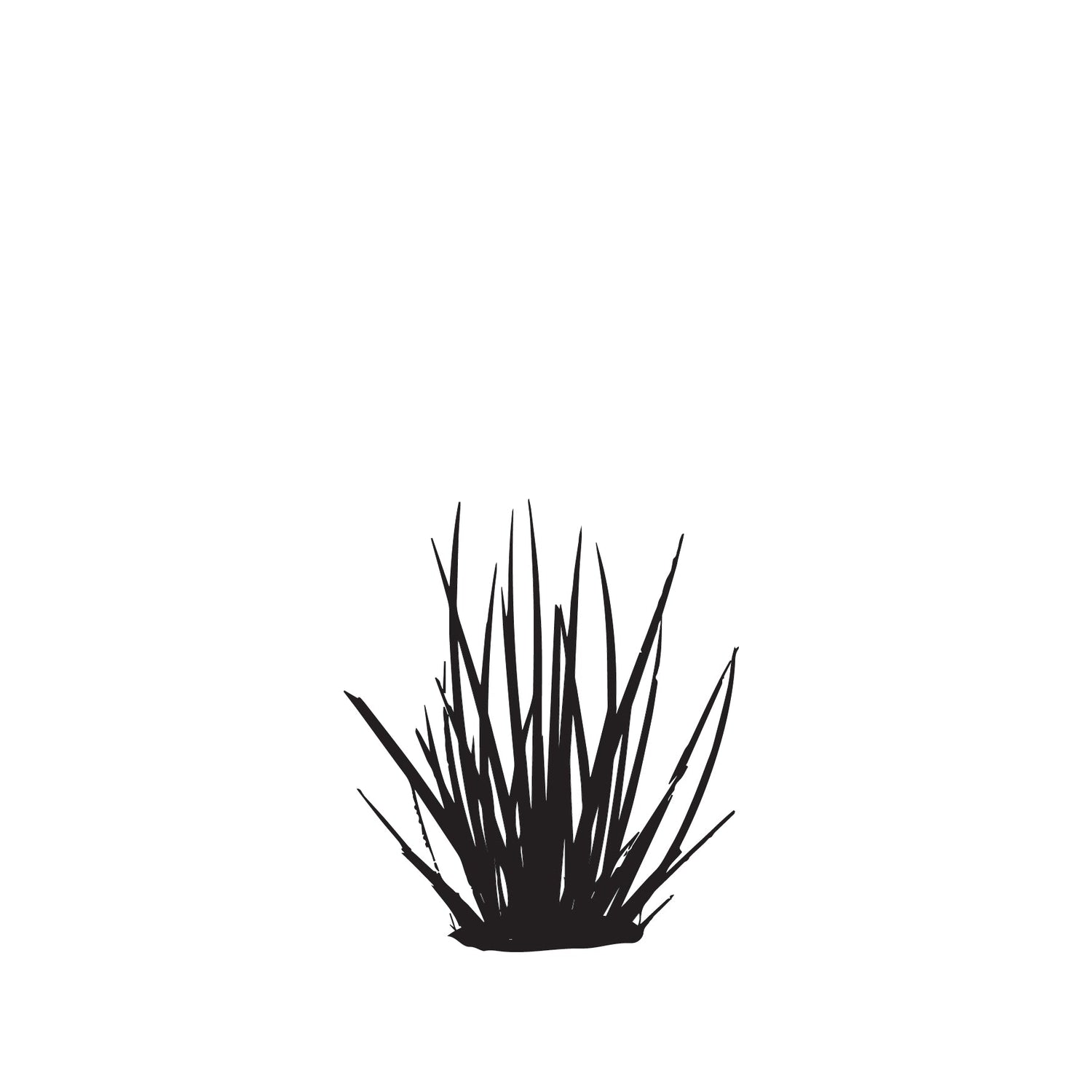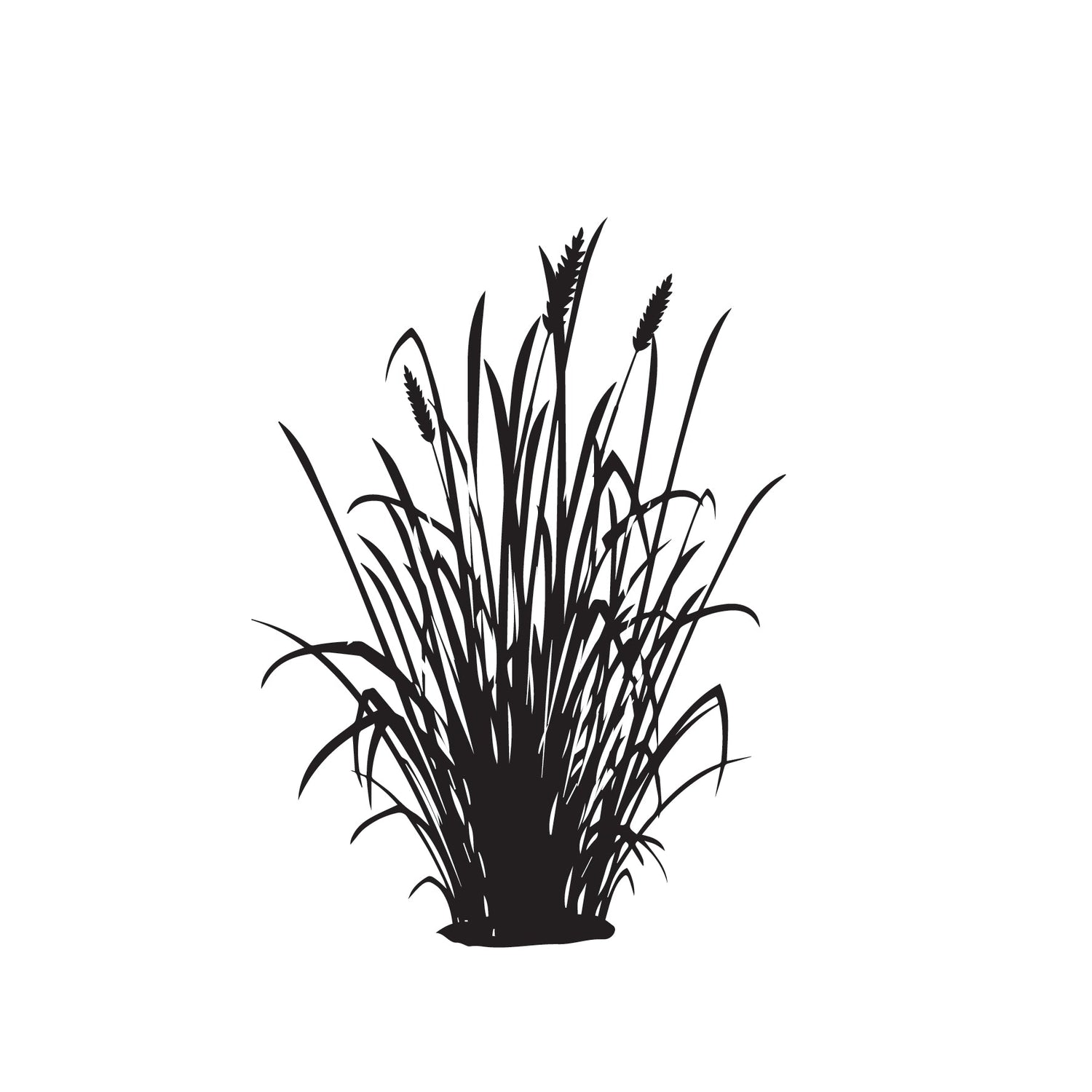Flax Flowers: Enhancing Your Garden with Natural Elegance
Share
In the world of garden plants, flax (Phormium spp.) stands out not only for its striking foliage but also for its beautiful flowers that add a touch of grace and charm to any outdoor space. Native to New Zealand, flax flowers are as diverse and captivating as the foliage, making them a prized addition to gardens around the world. Let's delve into why flax flowers are a beautiful and valuable component of garden design, and how they can enrich your outdoor environment.
- Diversity in Flower Colors
Flax flowers come in a variety of colors that complement the plant's foliage hues. From vibrant reds and oranges to delicate yellows and creamy whites, flax flowers offer a spectrum of colors that can harmonize with any garden palette. These flowers often bloom on tall stalks, adding vertical interest and a sense of movement to garden beds and borders.
- Seasonal Interest
Flax flowers bloom seasonally, typically in late spring to early summer, depending on the species and climate. Their emergence signals the arrival of warmer weather and adds a burst of color to the garden landscape. The flowers attract pollinators such as bees and butterflies, contributing to the ecosystem and promoting biodiversity in your garden.
- Architectural Beauty
Much like the foliage of flax plants, the flowers possess a structural elegance that enhances garden design. Their slender, tubular shapes and clustered arrangement create a graceful silhouette against the backdrop of bold flax leaves. Whether planted as solitary specimens or in groupings, flax flowers provide a visual focal point that draws the eye and adds depth to garden compositions.
- Low Maintenance Appeal
Flax plants, including their flowers, are known for their low maintenance requirements once established. They thrive in well-drained soil and prefer full sun to partial shade, making them adaptable to various garden conditions. With minimal care, such as occasional watering and pruning of spent flower stalks, flax flowers continue to bloom prolifically season after season.
- Design Versatility
Flax flowers lend themselves well to various garden styles and themes. Whether you're creating a coastal garden, a contemporary urban oasis, or a cottage garden, their adaptable nature allows for seamless integration into diverse landscapes. Pair flax flowers with complementary plants such as ornamental grasses, salvias, or lavender to enhance their visual appeal and create cohesive plant combinations.
Tips for Cultivating Flax Flowers in Your Garden
- Planting Location: Choose a sunny to partially shaded spot with well-drained soil for optimal flower production. Ensure there is adequate space for the mature size of the flax plant and its flowers.
- Watering: Water flax plants regularly, especially during dry spells, to support flower development. Avoid overwatering, as this can lead to root rot and other issues.
- Deadheading: Remove spent flower stalks promptly to encourage continuous blooming and maintain the plant's neat appearance. This also prevents self-seeding, which can sometimes lead to overcrowding.
- Fertilization: Apply a balanced fertilizer in early spring to promote healthy growth and abundant flowering. Follow manufacturer's recommendations for application rates based on the size and age of the plant.
Flax flowers are not just a visual delight but also an integral part of a well-rounded garden ecosystem. Their vibrant colors, architectural beauty, and seasonal interest make them a valuable addition to any garden, enhancing its natural elegance and attracting beneficial pollinators. Whether you're drawn to their striking blooms or their resilient foliage, incorporating flax plants with their beautiful flowers can elevate your outdoor space and create a garden that delights the senses throughout the year. Embrace the beauty of flax flowers and enjoy the transformative impact they bring to your garden landscape.





